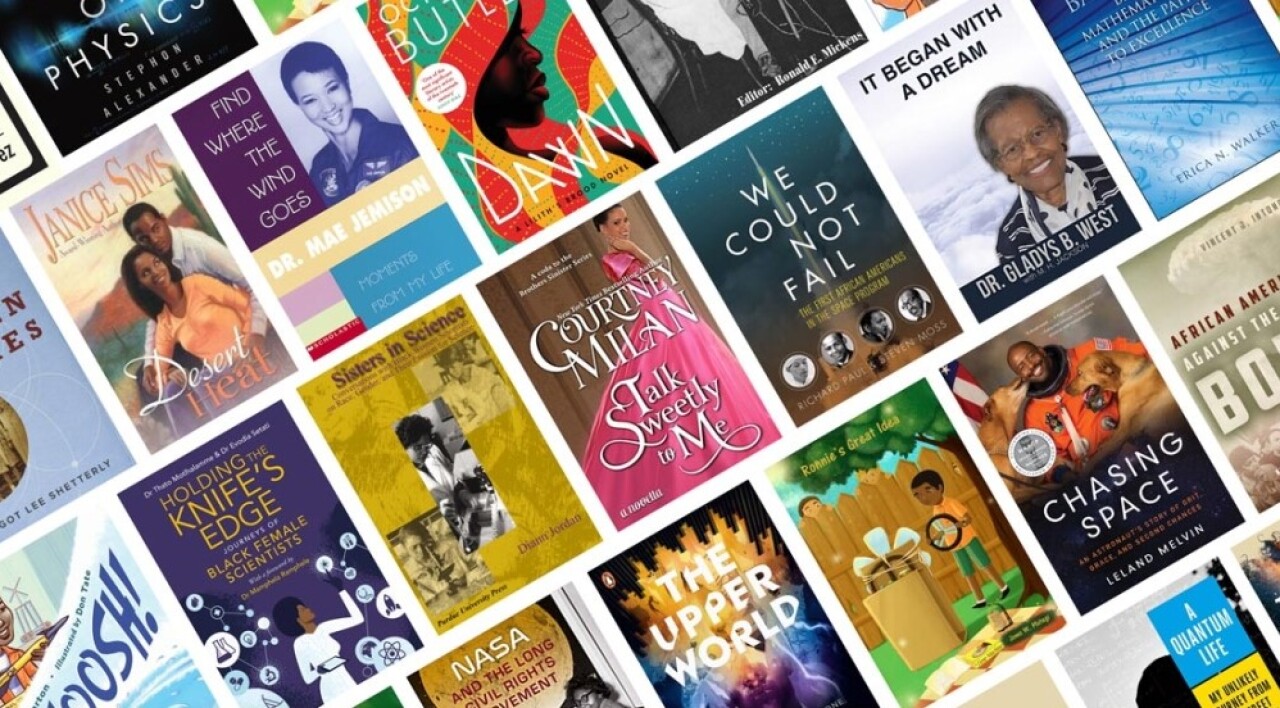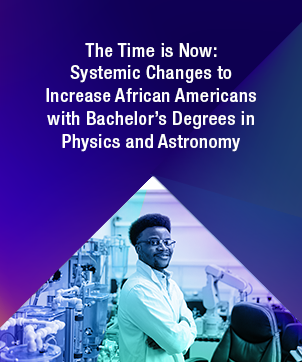
February is a time to reflect on and honor the profound legacy of Black leaders who have shaped our world. It’s also a time to refocus efforts on creating a brighter and inclusive future brimming with opportunity for all.
Research shows that diverse perspectives increase creativity and innovation in addressing science’s most challenging problems. Black scientists are valued contributors to that success. AIP has an archive of materials that highlight their inspiring stories from the past, aligning with our future-focused mission to advance the physical sciences with a unifying voice of strength from diversity.
The physical sciences community thrives when we tackle challenges together, with a variety of perspectives. Tracee Gilbert is among those working with AIP to build a stronger and more inclusive future in STEM fields. With decades of experience in engineering and strategy, she reflects on her professional journey and shares perspectives on how fostering belonging can lead to impactful solutions.
Tracee Gilbert, Ph.D.
CEO, System Innovations
-
Black history is a rich narrative of resilience, strength, innovation, and triumph. As a proud Black female leader at AIP, it fills my spirit with joy to lead meaningful initiatives that both honor my ancestors and help pave the way for future physical scientists. As we turn the pages of history, I’m excited to continue championing inclusivity, respect, and shared brilliance to make way for the next generation of Black excellence.
-
The physical sciences thrive when we empower the broadest spectrum of perspectives and experiences. As we celebrate and honor inspiring achievements of Black scientists this month, it’s important we continue fostering inclusivity in the STEM community. AIP and its Member Societies have a shared commitment to creating a culture of inclusion and belonging in the physical sciences, thereby advancing our community’s success.
Finding the right mentors and support systems is an integral contributor to Black students’ degree attainment and overall success and persistence in the physical sciences (TEAM-UP Report). Societies like the National Society of Black Physicists
We’ve collected our archival images, statistical data, teaching resources and news and analysis to inform and inspire you during Black History Month and beyond. As you do, be sure to follow our channels and join in on the conversation.





In the Scientific Community, Black History Month is Also a Call to Action

In the Scientific Community, Black History Month is Also a Call to Action

Through the TEAM-UP Together
TEAM-UP Together is championed by AIP, the American Association of Physics Teachers, American Astronomical Society, American Physical Society, and the Society of Physics Students.


























